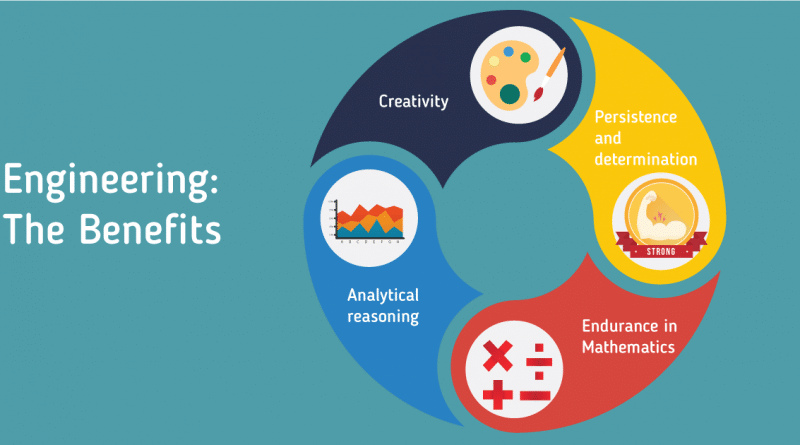Engineering – Preparing Students for Life
source: edweek.org
The most common reasons offered these days for introducing young children to science, technology, engineering, and math center around job and economic opportunities. We, finally, accurately see K-12 engineering as a pathway to the careers of the future. I am grateful that this goal has led to interest in incorporating engineering curricula into American schools.
Engaging students in classroom activities that can expand their thinking about possible trajectories and futures is important. But as we think about the well-being of students (and our country), looking at engineering as a means to create future workers alone is not sufficient.
It’s true that today’s children will grow up to a world of more complex jobs. But they will also inherit a world that has more complex challenges than we ever faced—socially, economically, and environmentally. The next generation of students need a set of habits of mind that enable them to solve the problems they encounter. Some of these will be technical in nature. But other, non-technical problems still benefit from the same habits of mind. That is what engineering can do if it’s taught well—help young people become problems-solvers and foster skills that serve them well their whole lives.
Engineering teaches skills essential for life in the 21st century: problem-solving, collaboration, systems thinking, persistence through failure, creativity and innovation, and evidence-based decisionmaking. It encourages those involved in solving a problem to listen to and understand each other.
It’s time that we look at engineering as a foundational subject that can provide the glue in a robust educational experience that prepares students for life.
That’s the thinking behind what Camie Walker and her class at John Murdy Elementary did. She used engineering to help kids understand that everything is connected, to teach them to ask questions, and to think and then take action. She unlocked the true power of engineering.
As many stories focus on how engineering can help fill 21st-century jobs, it’s time that more schools follow her lead and teach engineering to its fullest potential.
Her students experimented with many materials, including mud and adobe, that are often used to build homes on the island. They saw just how fragile those materials are. And they tested various configurations of materials on shake tables to see how they withstood earthquake simulations. Students came to understand that the differences in how structures were engineered explained the different consequences of the quake in the two countries.
But then Walker took the lesson a step further. She brought in a representative from the nonprofit Hope for Haiti to talk to her students about what people there experienced, and the hardships they still face.
The students quickly decided they wanted to help people in Haiti and sought a solution they could execute. Through their conversations with Hope for Haiti staff, the students learned about a Haitian boy their age who made bracelets and sold them on the street to support his family. They started making bracelets themselves, which they sold in school and around town to raise more than $2,000 for Haitian causes.
As they designed earthquake-resistant structures, these preteens learned a fundamental tenet of being an engineer: Engineers seek solutions to a problem. Engineering entails learning about the external factors contributing to the problem, understanding the needs of those impacted by the problem, and designing a technology that can help meet those needs. Through engineering, these students were introduced to the struggles of people in a completely different part of the world and were compelled to help.
That is the true power of engineering as a teaching tool—it connects children to the world around them and helps them envision new possibilities. In this case, children learned that they can design technologies that change the world around them.
And yet, we continue to sell it short.
Christine M. Cunningham is the founding director of the Museum of Science Boston’s flagship engineering curriculum. She is the author of Engineering in Elementary STEM Education: Curriculum Design, Instruction, Learning, and Assessment (Teachers College Press, 2018). Previously, she was director of engineering education research at Tufts University and directed the first national longitudinal study of the factors that help women persist in college engineering majors.
https://www.edweek.org/ew/articles/2019/02/20/no-engineering-isnt-just-about-job-creation.html?cmp=soc-linkedin-shr

